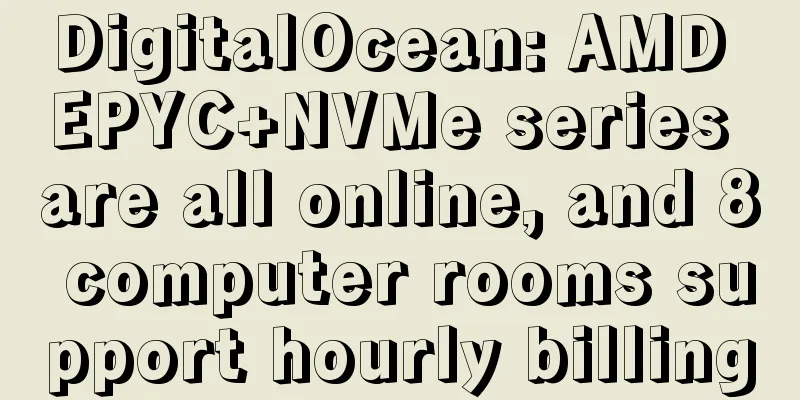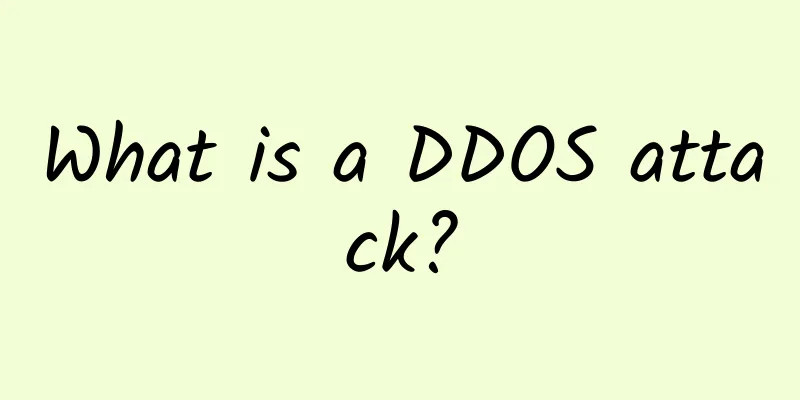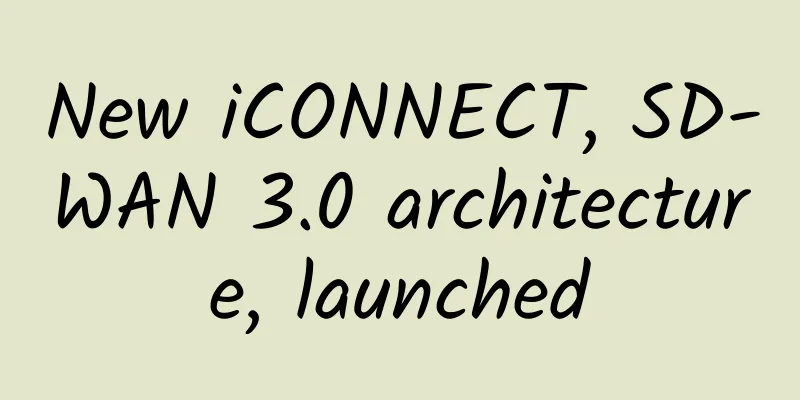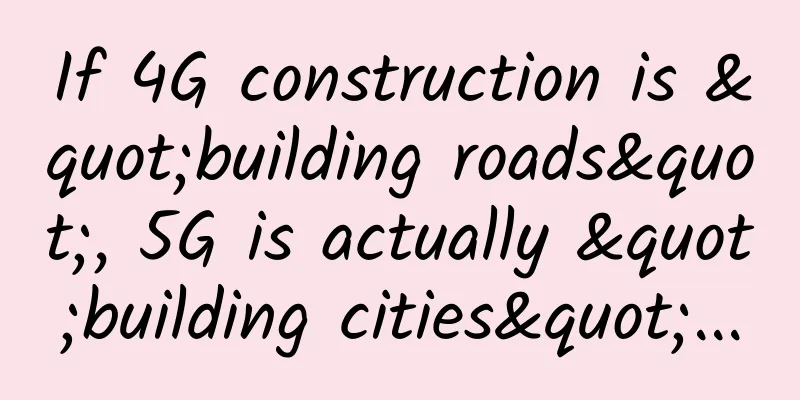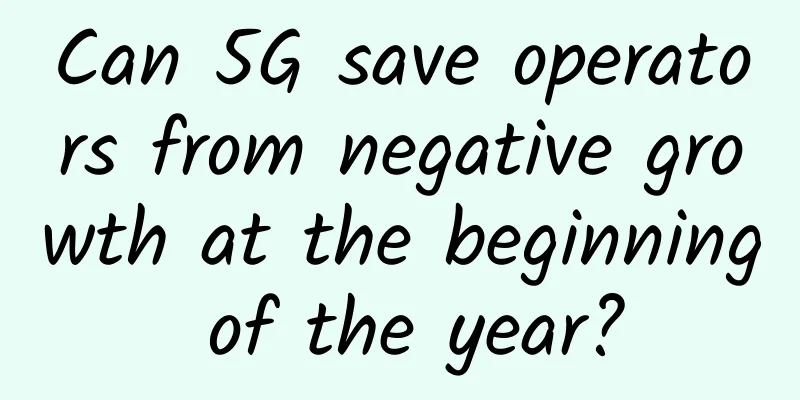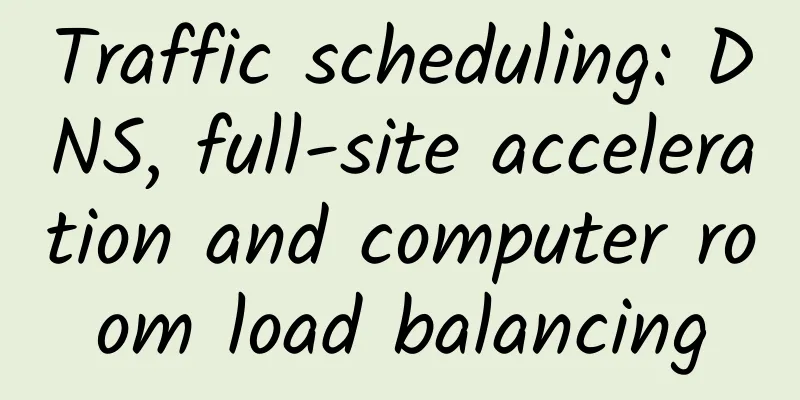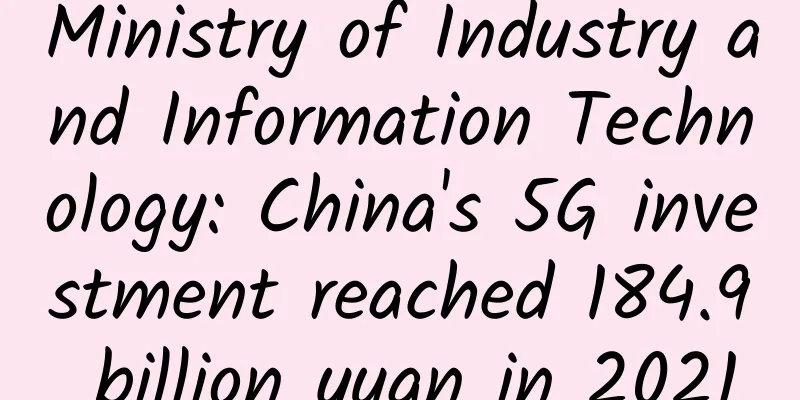Don’t understand TCP three-way handshake and four-way wave? Interviewer: Go back and wait for notification!
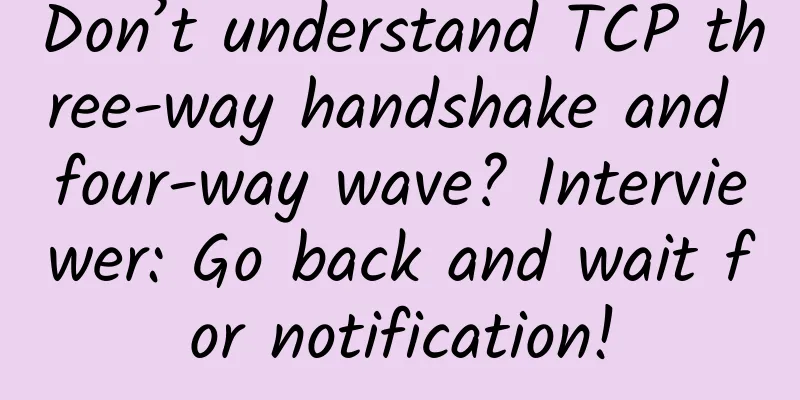
🌟 Opening: You think you know TCP? Actually...Come, ask a few simple questions: 1️⃣ Why is it a "three-way" handshake? Isn't two enough? Is four times redundant? 2️⃣ Why wave "four times"? Can't it be done twice? 3️⃣ Do you know the whole process of TCP handshake and wave? What is each step doing? If you are still not sure about these questions, you must continue reading. Today, I will show you how to thoroughly understand TCP handshake and wave in the most straightforward and fun way! 🎭 Scenario: Nightclub pickup vs Internet connectionTCP connection is like chatting up someone at a nightclub (establishing a connection) and saying goodbye politely (disconnecting the connection). If you don't do it right, you will end up in a social deadlock in a matter of minutes! Let's follow Xiao Ming's story and understand the process step by step. 💏 Scene 1: The Three-Way Handshake - "The Art of Pickup"Xiao Ming sees Xiao Hong in a nightclub, but he won't be stupid enough to just shout "Be my girlfriend!" (unless he wants to be considered a psychopath). He needs a solid three-step plan: 🔍 The complete three-way handshake process is as follows:picture Let's take a look at how the TCP three-way handshake works: Both the client and the server start in the "closed" state. This is like two people starting a chat:
From a technical perspective, this process not only confirms that both parties can send and receive data, but also completes the synchronization of the initial sequence numbers and establishes a reliable communication foundation. 🤔 Wait! Why does it have to be three times? Can't it be twice?🎯 Reason 1: Establish "two-way communication" (can send and receive) Imagine you are ordering a song in a KTV box: If there are only two conversations:
📝 In the TCP protocol, this two-way communication confirmation process is as follows: This is the "full-duplex communication" establishment process in TCP:
Just like the equipment test in KTV box:
Only in this way can we ensure:
🔄 Reason 2: Synchronize the sequence numbers of both parties (confirm each other's initial sequence numbers) If there are only two handshakes: Problem: The server does not know whether the client actually received its 200
So a third handshake is necessary: Just like two people agreeing on a secret code:
Through three-way handshake:
This is why a three-way handshake is necessary, because only in this way can we ensure that the initial sequence numbers of both parties are successfully confirmed by the other party! 😱 Reason 3: Prevent expired messages (solve time travel) What happens if there is no third confirmation?
With the third handshake, this will not happen: 📝 In the TCP protocol, this process actually looks like this: This involves several important mechanisms of TCP: 1. Semi-connection queue (SYN Queue)
2. Connection timeout mechanism
3. Serial number verification
This is why TCP requires three handshakes instead of two:
Consider the example above again:
This design cleverly solves the "delayed message" problem in the network and is one of the most essential parts of the TCP protocol! 🤔 Also, why does it have to be three times? Can't four times be enough?Let's continue with the KTV song ordering example: From a technical perspective: Simply put:
Remember: The principle of TCP design is to ensure reliability and pursue efficiency! 💡 SummaryThe three-way handshake is not intended to be complicated, but to:
Remember: every handshake has its reason for existence. It is not designed by technicians who have nothing to do, but to solve practical network communication problems! 🎭 Act 2: Four Waves - "The Art of Goodbye"🌟 Let’s continue our nightclub storyRemember Xiao Ming and Xiao Hong? After shaking hands three times, they had a very happy chat. But the nightclub always ends, and it's time to say goodbye. However, a respectable person's farewell is not to just leave! 🎭 What's up with the four waves?When it is time to say goodbye, Xiao Ming cannot disappear suddenly, but must say goodbye gracefully. Let's take a look at this process: 📝 This is what it actually looks like in TCP: 🤔 Why four times? Can't two times be enough?Imagine this embarrassing scene: Why doesn't this work?
From a technical perspective: So it has to be four times: That's why four waves are needed:
📝 Deep understanding of four wavesLet's first look at the detailed diagram of TCP's four waves: picture 1️⃣ The first wave: Say goodbye proactively Technical perspective:
2️⃣ The second wave: Don’t be in a hurry Technical perspective:
3️⃣ The third wave: It’s done Technical perspective:
4️⃣ The fourth wave: the final farewell Technical perspective:
Finally, both parties enter the CLOSED state. 🤓 Why wait for 2MSL?Imagine this scenario: Technical explanation:
What does it mean that packets from an old connection affect a new connection? Let me explain "prevent packets from old connections from affecting new connections" with a concrete example. A scenario like this: With 2MSL wait: Simply put:
💡 The essence of four wavesIn life:
In TCP:
Remember: each of the four waves is necessary to make network communication more reliable! Summarize:Through this article, the ins and outs of TCP's three-way handshake and four-way handshake should be clear. TCP is designed in this way to achieve reliable network communication: the three-way handshake ensures reliable two-way communication, sequence number synchronization, and avoids historical connections; the four-way handshake ensures complete data transmission, graceful connection closure, and prevents old connections from affecting new connections. Each seemingly cumbersome handshake and handshake is actually to solve specific network communication problems, reflecting the reliability and rigor of the TCP protocol. Once you understand the reasons behind these designs, you will understand the essence of the TCP protocol. |
Recommend
Wi-Fi 6 and cellular networks are powering a hyperconnected future
Wi-Fi 6 is maturing into a new role as a compleme...
The interviewer asked me to turn left because of the thread pool!
A few days ago, my friend had an interview. Durin...
IDC: Global Enterprise WLAN Market Shows Moderate Decline in First Quarter of 2020
According to the results of IDC's global quar...
[Black Friday] ZJI: Hong Kong Alibaba Cloud CN2 model 55% off monthly payment starting from 412 yuan
In order to welcome the upcoming Double 12 and ov...
Aeraki Series: How to set local rate limiting rules
Aeraki can help you manage any Layer 7 protocol i...
Can 6G technology directly skip 5G technology?
1G→5G: There is precedent for skipping As far as ...
What does 5G bring to the Internet of Things today and tomorrow?
The Internet of Things is already booming, and we...
Cisco Meraki officially landed in China, ushering in a new era of networking
Today, the Cisco Meraki new product launch confer...
ZJI: Hong Kong server special offer from 450 yuan/month-E5-2630L/16G memory/480G SSD/10M bandwidth/three-network direct connection
ZJI is currently offering a special promotion for...
UDP protocol - just read this article
Every programmer should know TCP and UDP protocol...
In addition to the ping command, these network commands are also very useful
What we are going to talk about today is other co...
Verizon and Honda collaborate on 5G and edge computing to make driving safer
According to foreign media reports, Honda and tel...
How do Internet giants achieve load balancing and high availability? You will understand after reading this article
[[284447]] 1. What is load balancing? What is loa...
Yunfan accelerates the "live broadcast +" SaaS solution to promote live broadcast into a new era
2016 is known as the "first year of online l...
SAP HANA Express Edition for Developers Launched on Huawei Cloud
On September 5, during HUAWEI CONNECT 2017, Huawe...



